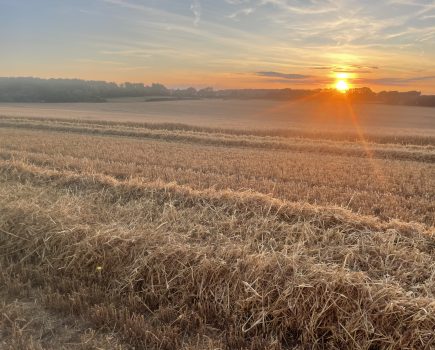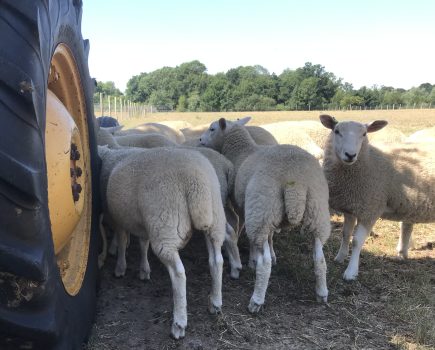The autumn dust has now settled on an extremely eventful arable farming year. Most of the economic turbulence, of course, has been due to Vladimir Putin’s invasion of Ukraine. But where does the upheaval in input and arable commodity prices caused by the war leave the economics of growing combinable crops in my thin and flinty corner of East Sussex?
Arable farming has been under pressure from increasing costs for most of this century, but nothing compares to the madness we’ve witnessed this spring and summer. At points, ammonium nitrate and urea touched £1,000 per tonne, while phosphate and potash prices also rose significantly.
Agri-chemicals (if you could source them) and red diesel costs skyrocketed in similar fashion.
AF, a farmer-owned cooperative and the UK’s largest farmer buying group, recently published its Aginflation Index, which confirmed the unprecedented record increases in arable farm input costs over the past 12 months. To September 2022, cereal and oilseed rape production costs increased by a staggering 40%.
From those figures, one might conclude that combinable crop production has become unprofitable but, as we are all well aware, our inflated costs have been more than matched by the surge in the value of arable commodities.
Feed wheat touched 330p/tonne in May (up from 200p/tonne a year earlier) and rape seed doubled to 900p/tonne from 450p/tonne. New crop values also remain strong across the board, with spot feed wheat currently worth about 270p/tonne, barley 250p/tonne and field beans 300p/tonne.
So, at the beginning of a new growing season, my arable farming prospects look brighter than they have done for several years, but such has been the turmoil of this rollercoaster ride that I confess to being a little giddy. Nor am I sure that the ride is even over. Who’s to say that, with a world recession now predicted, demand for grain for livestock feed might not take a hit and lead to a collapse in grain prices?
What is also keeping my feet on the ground are other statistics in the AF Aginflation Index. I currently run 100 suckler cows and 600 ewes. Inflation in costs for those enterprises has been 34% while, unlike cereals, there has been little or no increase in the price of lamb or beef.
As the AF press release puts it: “The gap between increased costs to consumers and the actual costs of production is widening, with serious shortfalls for beef and lamb.”
So, while I’m trying to enjoy the current improvement in the profitability of my arable farming, I’m haunted by the realisation that those profits could easily be used to subsidise the mounting losses from my beef herd and sheep flock.
And they wonder why farmers are never happy.







